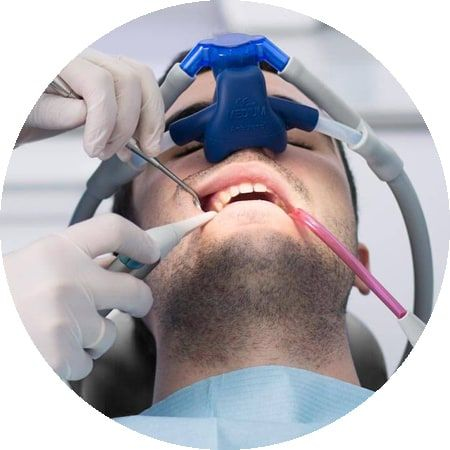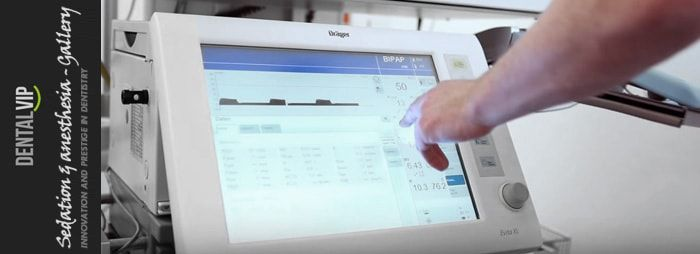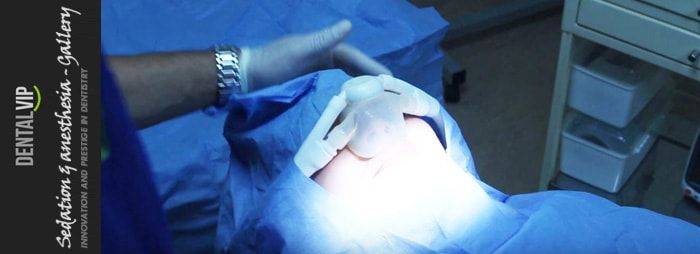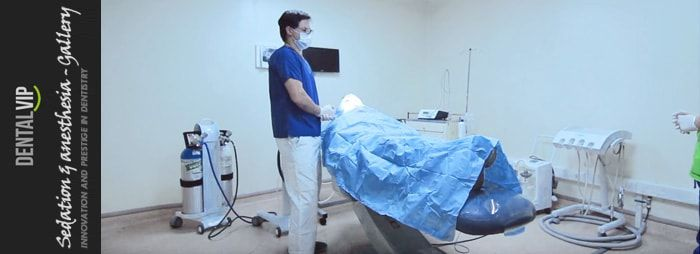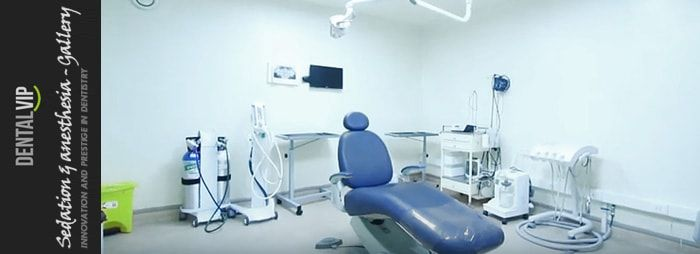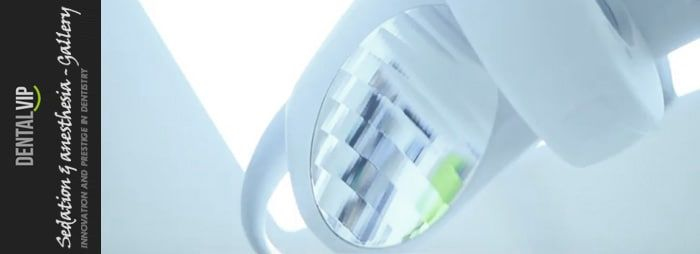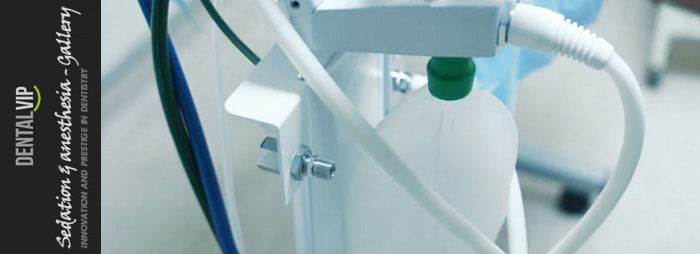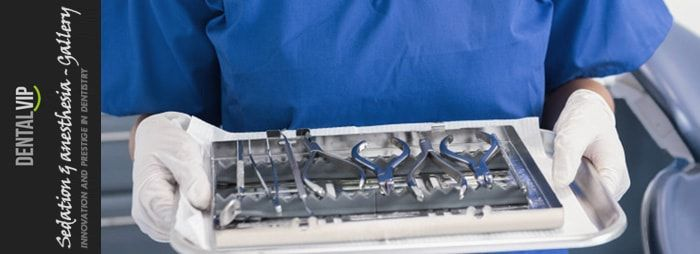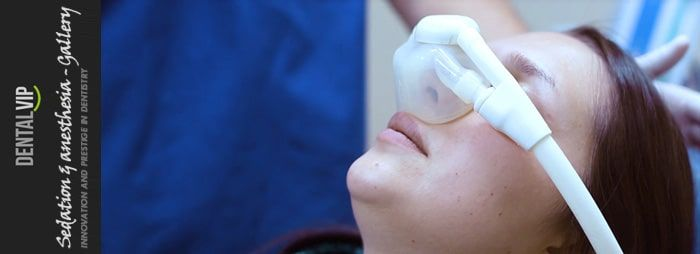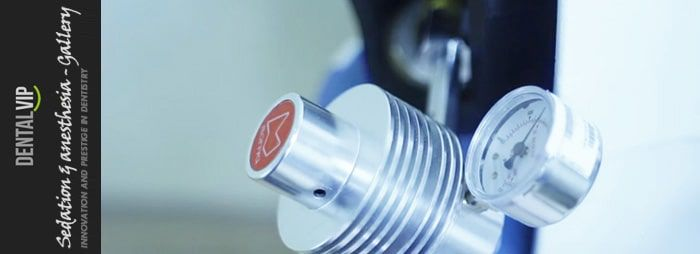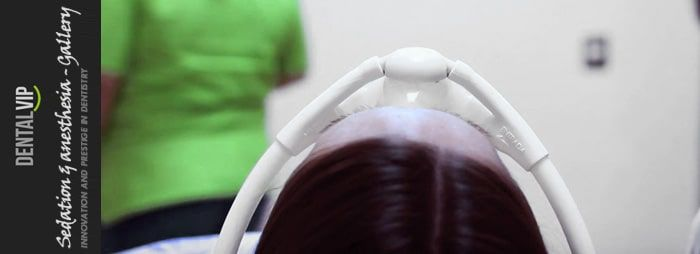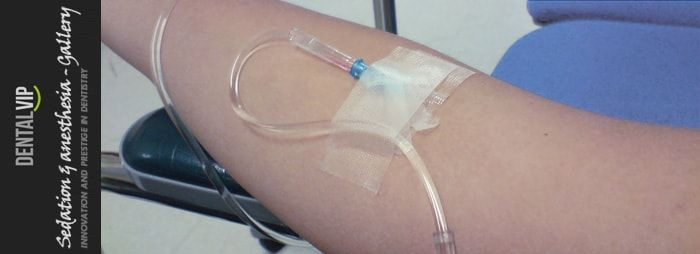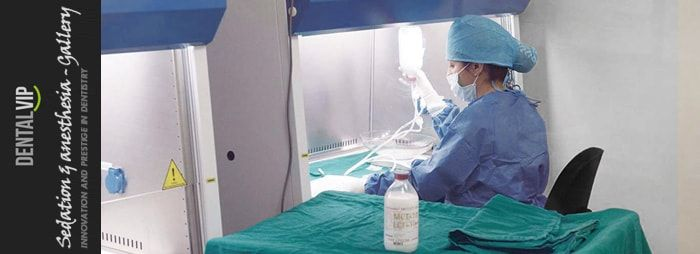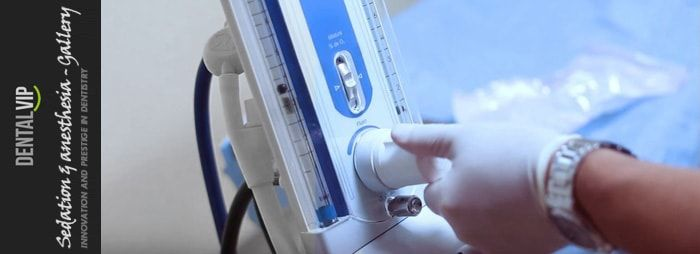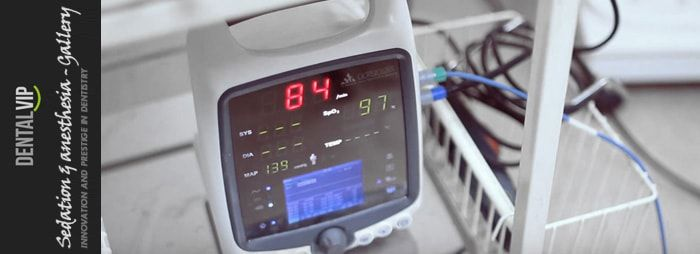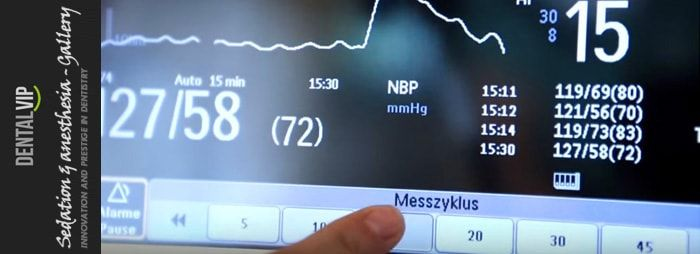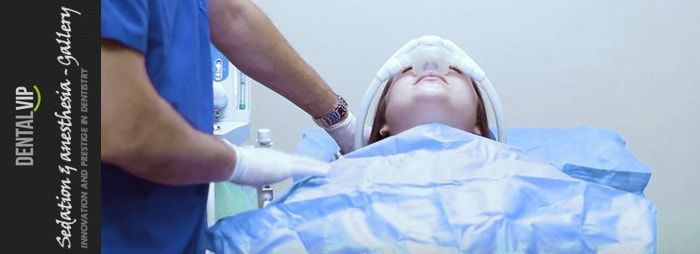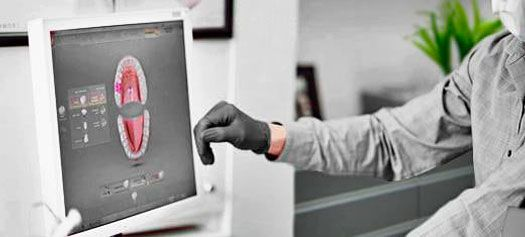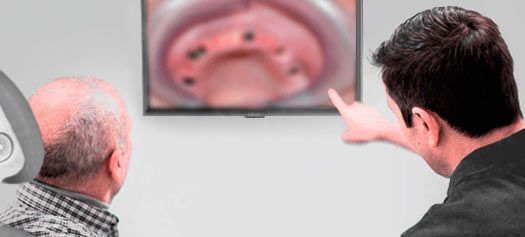Despite all the advances that Dentistry has experienced in recent years, the fear and anxiety caused by dental treatment continue to be two very common aspects in patients around the world. So much so, that through recent statistical studies it has been possible to demonstrate that up to 25% of adults avoid or postpone attending the Dentist's office for awe of suffering pain, constituting the circumstance a true psychological barrier that, sometimes; impedes receive the necessary care and preserve oral health. And although behavior management strategies are useful in the vast majority of cases, they are not always effective, especially when facing individuals who are excessively nervous, apprehensive or who have disabilities that prevent them from cooperating.. And it is precisely in these vicissitudes, in which the interaction between the professional and the mourner fails, and in which the usual conditioning techniques seem not to work, when we should consider the possibility of applying alternative clinical resources to MANAGE ANXIETY and preoperative stress.
Currently, local anesthesia by infiltration continues to be without any discussion, the simplest, more frequent and more effective method for dispensing and ensuring a pain-free dental treatment; however, it is also unquestionable the fact that it is a procedure that per se can cause discomfort and rejection, due to the need to apply one or several injections inside the mouth.
And it is definitely in those situations, in which it is not even possible to tolerate a puncture, in which we must resort to other anesthetic techniques such as Conscious Sedation, which represents a valid, relevant and very effective pharmacological option for fear, stress and pain control; making possible the dental treatment and avoiding the typical confrontations with the pediatric patient or hypersensitive adult. In addition, an ATRAUMATIC EXPERIENCE, will virtually guarantee the voluntary return of these people to their regular periodic checks during childhood and adulthood.
